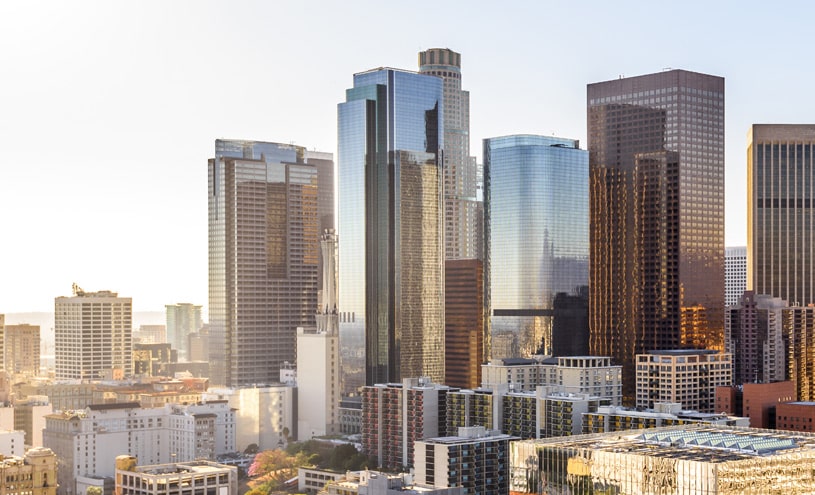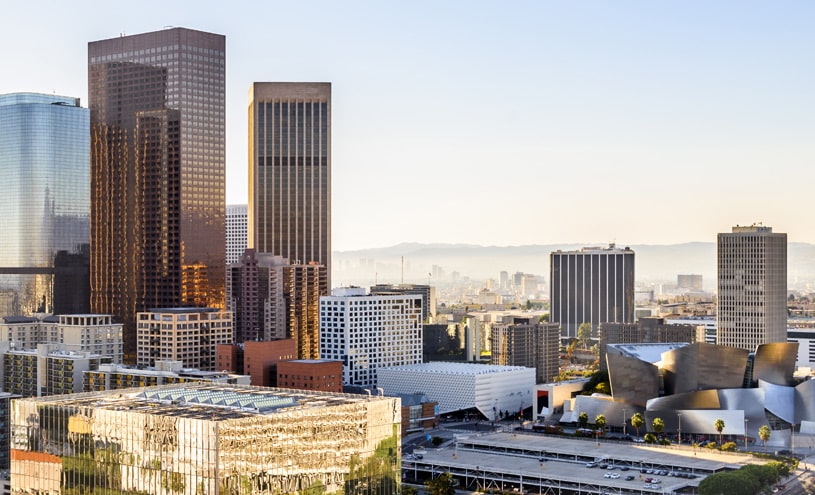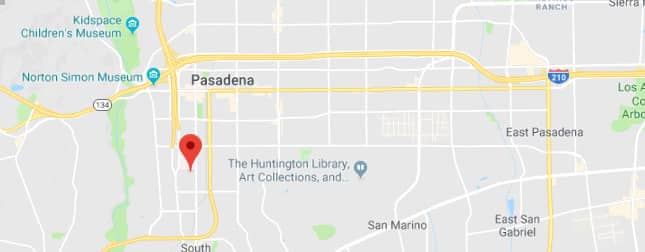 Whether you’re considering a facelift to combat signs of aging, or to simply enhance your facial features, you likely have a lot of questions. One of the most common concerns is, “How soon can I return to work?” The answer varies depending on numerous factors, including the type of facelift you have and your personal recovery rate. This blog will delve into this question and give you a better understanding of what to expect following your facelift. Dr. Eric Yavrouian provides facelift surgery to patients in Glendale, Pasadena, Burbank, Greater Los Angeles, Beverly Hills, CA, and surrounding communities.
Whether you’re considering a facelift to combat signs of aging, or to simply enhance your facial features, you likely have a lot of questions. One of the most common concerns is, “How soon can I return to work?” The answer varies depending on numerous factors, including the type of facelift you have and your personal recovery rate. This blog will delve into this question and give you a better understanding of what to expect following your facelift. Dr. Eric Yavrouian provides facelift surgery to patients in Glendale, Pasadena, Burbank, Greater Los Angeles, Beverly Hills, CA, and surrounding communities.
Understanding The Facelift Procedure
Diving headfirst into the world of rhytidectomy, better known as the facelift, this surgical procedure has a single primary goal: to address and diminish the visible marks that time has left on your face and neck. The process may involve tightening the skin that’s started to sag or removing any excess fatty tissue, all in the name of giving your face a rejuvenated, fresh appearance.
The breadth and depth of the procedure, however, hinge upon a couple of factors. Your individual aesthetic aspirations play a vital role, as does the expert opinion of your plastic surgeon. From a minor tweak here and there to a more comprehensive facelift, the procedure can be tailored to meet your unique needs.
It’s worth noting that the term “facelift” is often used as an umbrella phrase that encompasses a range of surgeries. These can target specific areas such as the lower face and neck (traditional facelift), or be focused solely on the midface (mid facelift). There’s also the mini facelift, which is less invasive and focuses on the lower third of the face. The kind of facelift you opt for will be one of the determining factors in your recovery time.
Before going under the knife, it’s crucial to have an in-depth discussion with your surgeon. They can guide you through the process, explaining what to expect before, during, and after the procedure. This includes potential risks, the healing process, and the timeline for seeing the results.
Deciding to have a facelift is a personal choice, and it’s important to make an informed decision. It’s not just about the surgical procedure itself, but also the commitment to the healing process. With a better understanding of the procedure, you’ll be better equipped to make a decision that suits your needs and lifestyle.
The Average Recovery Time After a Facelift
While everyone heals at their own pace, the typical recovery period for a facelift is approximately two weeks. This window allows your body the much-needed time to recuperate and heal. At the two-week mark, many patients feel ready to reintegrate into their work life and take up some of their routine activities again.
However, it’s crucial to keep in mind that certain activities, particularly those that involve strenuous physical effort, may need to be put on hold for a little while longer. Hitting the gym or going for a run, for example, may have to wait for a few additional weeks. These recommendations serve to ensure your body gets ample time to fully recover and to prevent complications.
But remember, everyone’s healing journey is unique. While two weeks is an average estimate, your recovery period may be shorter or longer. Your recovery timeline will be influenced by a myriad of factors, including your overall health, the specific type of facelift you’ve undergone, and how closely you adhere to the post-operative care instructions provided by your surgeon. Therefore, consider the two-week timeframe as a general guide rather than a set-in-stone rule.
Factors That Can Affect Recovery Time
There’s a gamut of factors that can influence your recovery trajectory following a facelift. Key among them is your overall health. If you’re in good shape, your body can bounce back from the procedure more quickly. Conversely, if you have pre-existing medical conditions or if you’re a smoker, your healing process may take a bit longer. It’s an essential piece of the puzzle and something you’ll want to discuss with your surgeon.
Another key determinant of your recovery time is the type of facelift you have. Remember our discussion about different types of facelifts? Well, each has its own recovery timeline. A traditional facelift, for instance, may have a longer recovery period than a mini facelift because it’s more extensive.
Additionally, if you’re undergoing multiple procedures at once—perhaps a facelift combined with an eyelid lift or a neck lift—this will naturally extend your recovery period. Again, your plastic surgeon is the best resource for specific information about what to expect in your particular case.
Finally, let’s not forget the crucial role of following your surgeon’s post-op care instructions to the letter. This cannot be stressed enough. These guidelines are not suggestions—they are designed to help you heal as quickly and safely as possible. This includes everything from taking prescribed medications to avoiding certain activities.
In summary, while there is a general timeframe for recovery, remember that it’s just that—a general guideline. Your personal journey might be quicker or it might take a little more time. The key is to focus on proper healing rather than rushing back to your regular routine. With patience and careful adherence to post-operative care, you’ll be back in action before you know it.
How to Manage Expectations
Getting a facelift is undoubtedly an exciting journey towards enhanced aesthetics, but it’s essential to enter this voyage with a clear and realistic mindset about the recovery process. It’s perfectly normal to experience swelling, bruising, and a certain level of discomfort in the initial days following the procedure. Don’t be alarmed – this is your body’s natural response to the surgical intervention.
As you navigate this healing phase, there are a few helpful tips to mitigate these symptoms. Applying cold compresses and maintaining an elevated head position can assist in reducing swelling and discomfort. However, make sure not to mistake these short-term after-effects for the final outcome of your facelift.
The key to navigating this process successfully is patience. The reality is, the swelling may mask your facelift results in the initial phase, possibly leading to some initial uncertainty or apprehension about the outcome. But remember, this is just a part of the journey. The stunning results of your facelift, the fresh, rejuvenated face you envisioned, may not fully unveil themselves until several months post-surgery.
Keep reminding yourself that this is a process, and each day is a step closer to seeing the new you. A gradual transformation is unfolding, and with each passing day, the swelling will subside, revealing a little more of the final result. Remember, your body is working hard behind the scenes, healing, and adjusting to its new structure. As you transition through this period, it’s essential to take care of yourself and follow your surgeon’s advice closely.
The post-facelift journey may seem like a marathon rather than a sprint. But with the right mindset, managing expectations, and understanding that healing takes time, you’ll be well-prepared for this transformative experience. Keep your eyes on the prize – a refreshed, revitalized, and younger-looking you is on the horizon!
Returning to Work After a Facelift
Deciding when to step back into your professional life post-facelift is largely influenced by the specifics of your job role. If your career involves considerable physical labor, you may find yourself needing an extended recovery period. On the flip side, those with office jobs that are largely sedentary can often reintegrate into their professional lives around the two-week mark, given they feel up to it. It’s imperative, however, to tune into your body’s signals and not to accelerate your recovery unduly. On re-entering the workplace, easing back into your routine, if feasible, could be a wise strategy. This approach affords your body extra healing time and lessens the risk of any setbacks. Remember, your health and well-being should always take precedence, even when the lure of normalcy is strong. Your body will thank you for the patience and care you’ve shown it during this transformative period.
Contact Us For a Consultation with Southern California Facial Plastic and Reconstructive surgeon Dr. Eric Yavrouian
For more information about treatments and procedures by Facial Plastic and Reconstructive Surgeon, Dr. Eric J. Yavrouian, serving patients in and around Glendale, Pasadena, Burbank and the Greater Los Angeles, CA area call 818-241-2150 or click here to contact him for a consultation.






